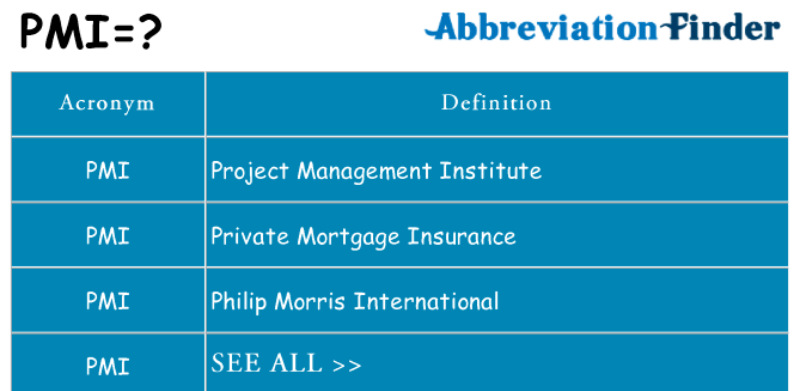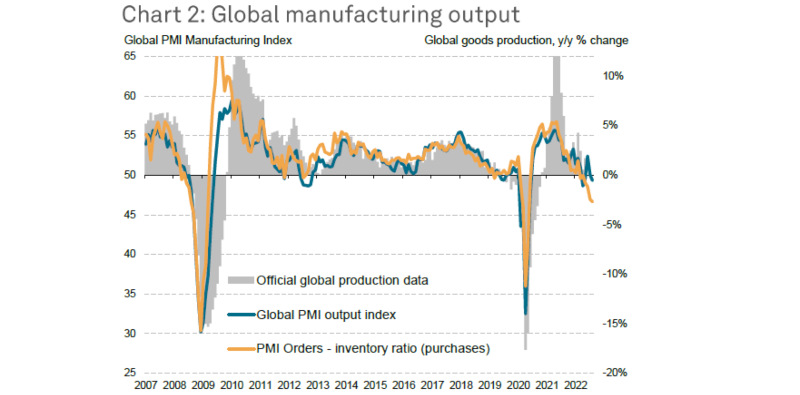Debit Card Online Benefits
People tend to have quite distinct comfort zones when it comes to the amount of money they spend. You may be a cash person who values privacy more than convenience.
Susan Kelly
Sep 24, 2022
Private mortgage insurance (PMI) premiums with traditional mortgages typically range from 0.2% to 2% of the loan balance annually, though they can be significantly higher. Several factors could affect the amount you pay, including the loan you take out, the insurance company you choose, your credit history, and the loan-to-value (LTV) ratio. Find out how much Private Mortgage Insurance (PMI) adds to your mortgage payment and whether or not you could save money by dropping it. The homeowner is something you'll have to pay for if you own a home. However, you may be required to purchase additional insurance to safeguard the financial institution's interests that provided you with the funds necessary to purchase your property.

The requirement to purchase private mortgage insurance (PMI) is common for traditional mortgages. When a buyer puts down less than 20% on a home, the lending institution typically requires private mortgage insurance (PMI). A mortgage has a loan-to-value (LTV) ratio above 80% if the borrower knocks down less than 20% of the property's worth. The policy's primary purpose is to safeguard the lender's equity in the property rather than the policyholder's own (the borrower). PMI, however, facilitates some prospective buyers' acquisition of a house. PMI makes home loans possible for borrowers whose down payments are between 5% and 19.99% of the property's purchase price.
A fundamental comprehension of PMI operation is required. Let's say you brought down 10% ($20,000) and obtained a loan for the balance of 90% ($180,000) of the new mortgage. In the event of a foreclosure on your mortgage, the lender's losses can be mitigated by purchasing mortgage insurance. If you miss your work and cannot pay your bills for a while, that could happen. In the event of a loss by the lender, the mortgage insurance provider will cover a predetermined portion of that loss. Let's use a figure of 25% as an example. This means that if you owe 85% ($170,000) of something like the $200,000 appraised value of your property at the time of foreclosure, the lender would indeed lose 75% of $170,000, or $127,500, upon that principal of both the home.
As soon as the loan-to-value ratio decreases to below 80%, this borrower can apply to have the mortgage insurance premiums deleted from their monthly payment obligations. The lender is required by law to remove PMI if you remain current on their mortgage and the LTV ratio drops below 78%. This occurs when the total of your down payment and principal payments on your mortgage is equal to or greater than 22% of the purchase price for the home. The national Homeowners Protection Act mandates this cancellation, regardless of whether or not your new lender has decreased.

Insurance firms also apply modifications to the above basic prices. For instance, the charges for private loans from a company like Genworth Mortgage Insurance Corporation can go up or down depending on a few standard variables. The corporation makes adjustments that lower mortgage rates, including an amortization length of 25 years or shorter and moving services loans. Mortgages on second residences and real estate, as well as loans with balances over $417,000, are subject to additional adjustments that raise premium costs. Here's an illustration of the top five modifiers that might significantly alter your mortgage insurance premium: Similar to Genworth, Radian offers changes that lower a borrower's premium, although these are not reflected in the graph.
Understanding potential private insurance alternatives is crucial if your down payment will be less than 20%. (PMI). Some folks think a 20% down payment might be out of the question. However, many would rather have a larger emergency fund or more money for repairs, renovations, furnishings, and the like and so choose to put down a lesser initial payment. If your down payment on a property is less than 20% of the purchase price, your lender will require mortgage insurance. Remember that PMI serves the lender's interests, not the borrower's, in the event of a loss. Borrower-provided existing mortgage, fixed payment mortgage insurance, lenders-paid mortgage insurance, and split payment mortgage insurance are the primary kinds of mortgage insurance.
Debit Card Online Benefits
People tend to have quite distinct comfort zones when it comes to the amount of money they spend. You may be a cash person who values privacy more than convenience.
Paying an Annual Fee for a Credit Card
In a word, provided that the additional advantages of carrying the card outweigh the costs associated with doing so.
Who Can Check Your Credit Report and Score
There are a lot of people besides prospective lenders that can look into you. Potential employers, as well as insurers, may see your report or score.
Pennsylvania Mortgage Lenders
The term "interest" refers to the fee added to your home loan to compensate the lender for taking on greater risk by making you a loan. Even though it is not included in the price of the home itself, this interest, which is expressed as a percentage of the mortgage amount, will increase the total amount owed throughout the term of the loan.



